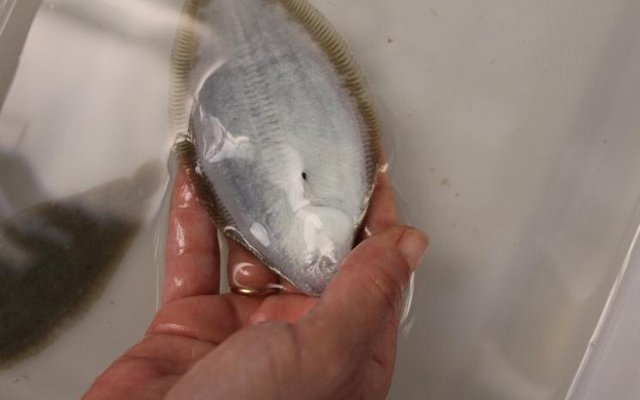Spanish researchers from the Institute for Agricultural and Fisheries Research and Training (Ifapa) organized the sole (Solea senegalensis) genome into 21 chromosomes. This was done by combining very long DNA sequences and genetic markers and will serve as the basis for mapping markers and their distribution throughout the genome. The integration of the physical and genetic map opens up new possibilities for the production of sole, a species of high economic interest in Europe.
This genomic resource is of great interest for sole aquaculture, since it offers detailed information to study the genes that determine the traits of commercial interest, such as growth rate. In addition, tools for chromosome mapping and kinship assignment, which are essential for genetic selection programs, were validated.
The results of this work, which has been carried out in collaboration with several Spanish institutions, can be viewed below.
Merlo, M.A.; Portela-Bens, S.; Rodríguez, M.E.; García-Angulo, A.; Cross, I.; Arias-Pérez, A.; García, E.; Rebordinos, L. A Comprehensive Integrated Genetic Map of the Complete Karyotype of Solea senegalensis (Kaup 1858). Genes 2021, 12, 49. https://doi.org/10.3390/genes12010049
Guerrero-Cózar, I., Perez-Garcia, C., Benzekri, H. et al. Development of whole-genome multiplex assays and construction of an integrated genetic map using SSR markers in Senegalese sole. Sci Rep 10, 21905 (2020). https://doi.org/10.1038/s41598-020-78397-w













